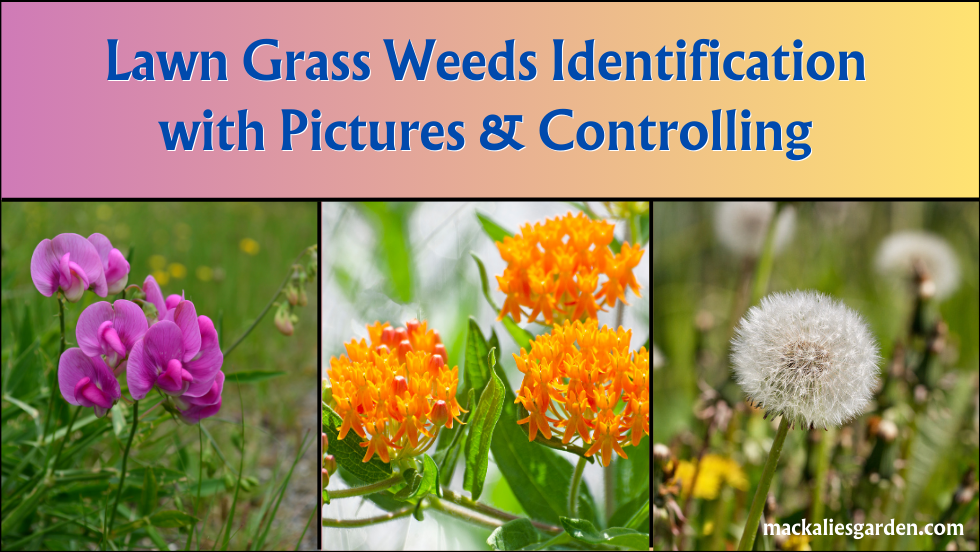As a dedicated horticulturist, one of the primary challenges gardeners and homeowners face in maintaining a pristine lawn or garden is battling against invasive and pesky weeds.
Identifying and controlling these unwanted plants is crucial for maintaining a healthy and thriving landscape. This guide offers detailed information on some of the most common weeds in your region, complete with descriptions, grass weeds identification pictures, and advice on effective control methods.
What is a Garden Weed?
Dealing with garden weeds is an unpopular chore, yet some simply have to be removed so that food crops, flowers, and native plants will not be outcompeted. According to the Weed Science Society of America, different kinds of “weeds” must be distinguished. Here are their definitions.
Weed
A weed is technically defined as any plant that is growing in an area where it is unwanted. Weeds are generally characterized by their ability to quickly reproduce, spread, and outcompete desirable plants for space, water, and nutrients.
Noxious Weed
A noxious weed is any highly invasive plant species that can spread rapidly and pose a serious threat to agricultural crops, livestock, or the environment. In many regions, these plants are legally regulated and may even be illegal to possess.
Invasive Weed
Invasive weeds are plants introduced to a region where they did not historically occur and can cause significant ecological damage. They’re usually highly competitive, aggressive species that can outcompete native species for resources.
Common Lawn Weeds: Identification & Description
Below is a list of 13 common weeds found in gardens and lawns, along with a brief description of their life cycle, propagation, and appearance at different stages. So, you can use different grassy identify lawn weeds and broadleaf weed types.
1. Crabgrass (Digitaria spp.)
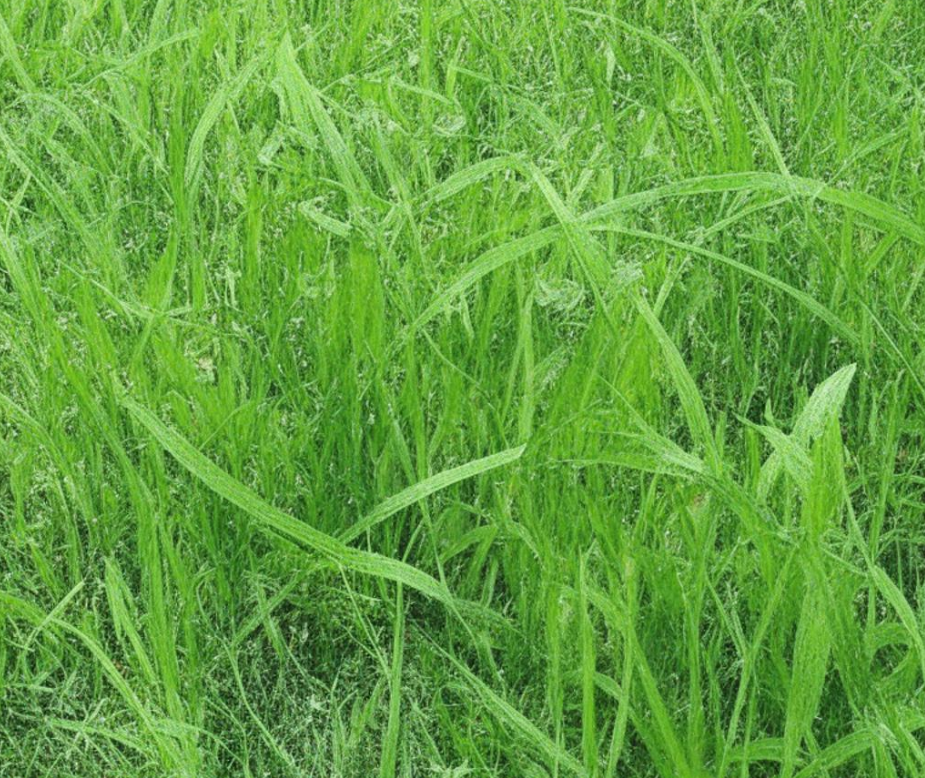
Origin: Native to the tropical and subtropical regions of the world. Also known as southern lawn weeds.
Growth Pattern: Rapid growth in warm weather, sprawling in a star-shaped pattern.
Propagation: By seed, producing up to 150,000 seeds per plant.
Adverse Effects: Competes with desirable grasses, quickly overtaking lawns.
Control Techniques: Pre-emergent herbicides, hand pulling, and maintaining a healthy, dense lawn.
2. Purslane (Portulaca oleracea)
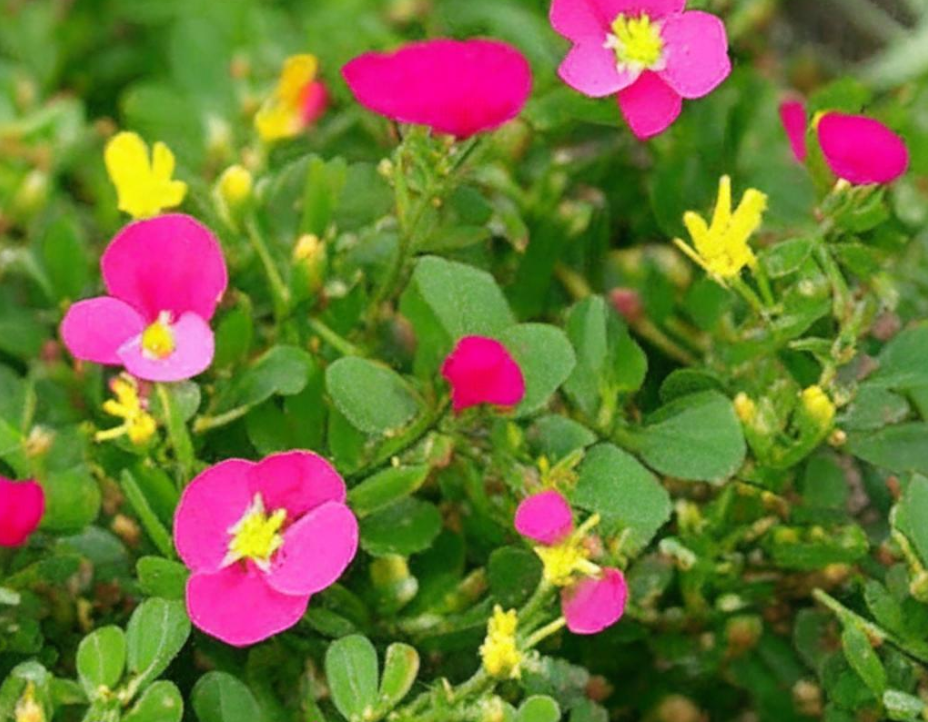
Origin: Native to the Indian subcontinent.
Growth Pattern: Low-growing, sprawling plant with thick, red stems and small, fleshy leaves.
Propagation: By seeds and stem fragments.
Adverse Effects: Competes with other plants for water and nutrients and can form dense mats.
Control Techniques: Hand pulling, mulching, and post-emergent herbicides.
3. Lambsquarters (Chenopodium album)
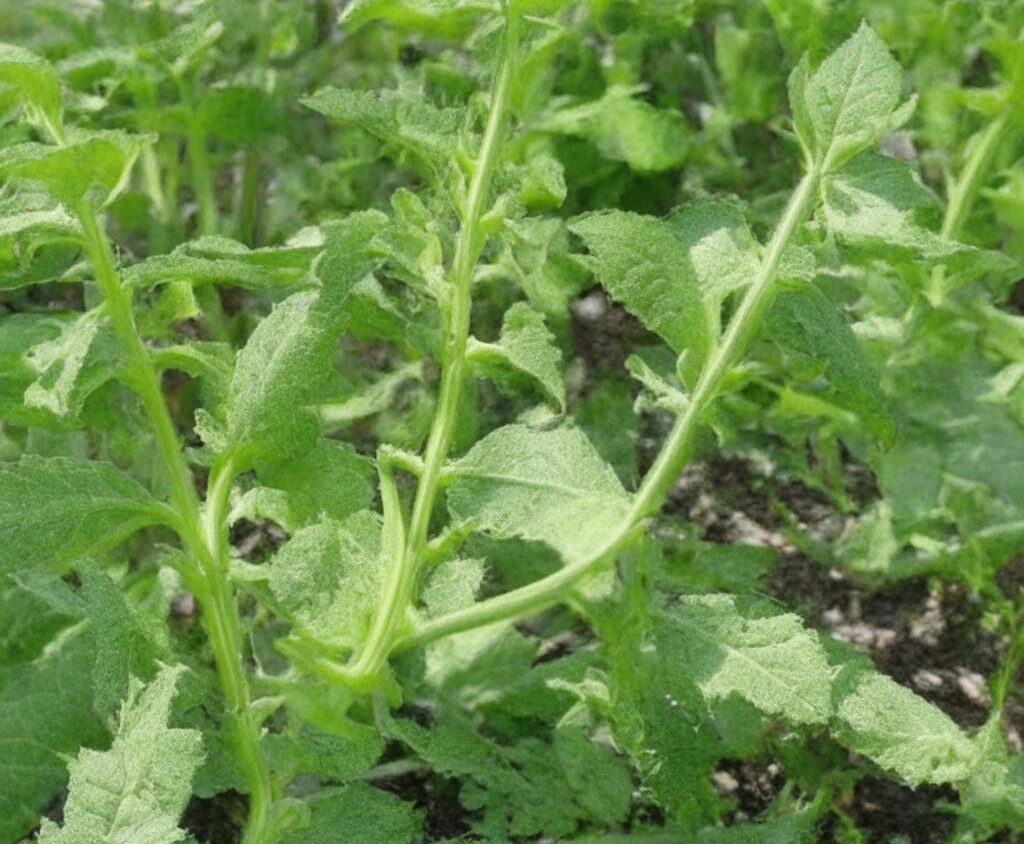
Origin: Native to Europe, now widespread throughout North America.
Growth Pattern: Tall, upright plant with arrow-shaped leaves covered in a powdery, white coating.
Propagation: By seed, producing thousands of seeds per plant.
Adverse Effects: Competes with other plants for light, water, and nutrients; provides a shelter for pests.
Control Techniques: Hand pulling, hoeing, and pre-emergent herbicides.
4. Pigweed (Amaranthus spp.)
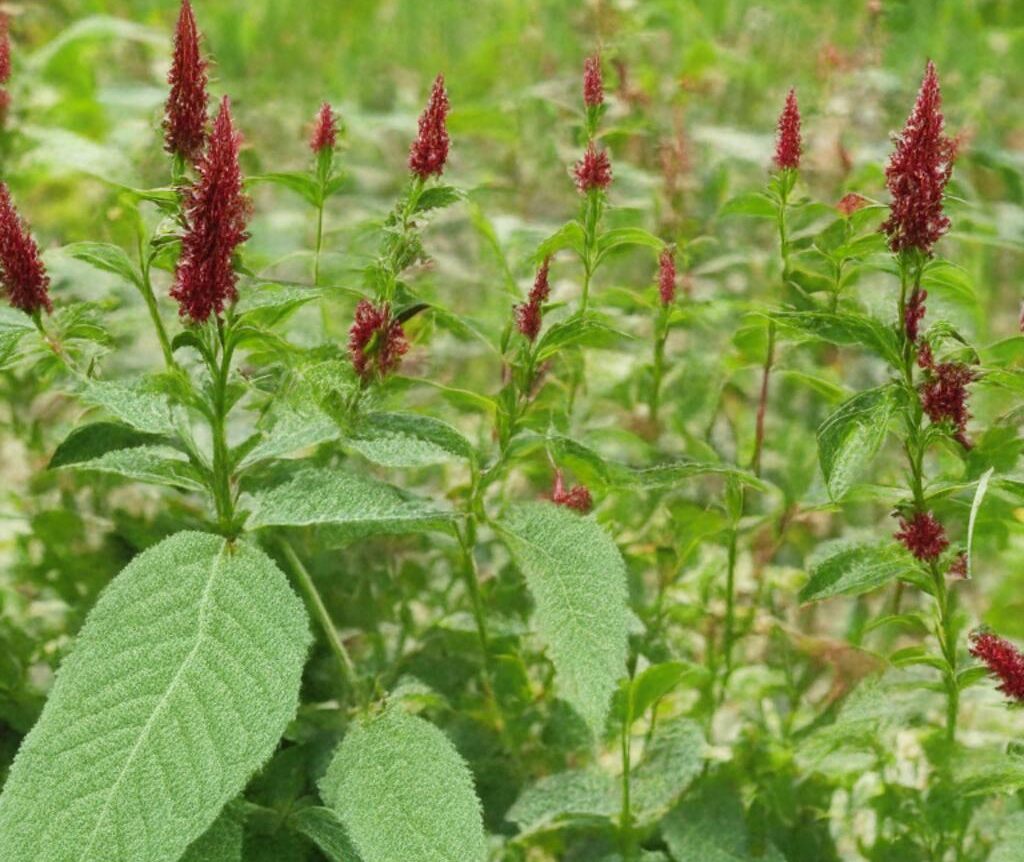
Origin: Native to the Americas, now widespread worldwide.
Growth Pattern: Tall, upright plant with green, alternate leaves, and small, greenish flowers.
Propagation: By seed, producing up to 100,000 seeds per plant.
Adverse Effects: Competes with other plants for water, nutrients, and light.
Control Techniques: Hand pulling, hoeing, and pre-emergent herbicides.
5. Chickweed (Stellaria sp. & Cerastium spp.)
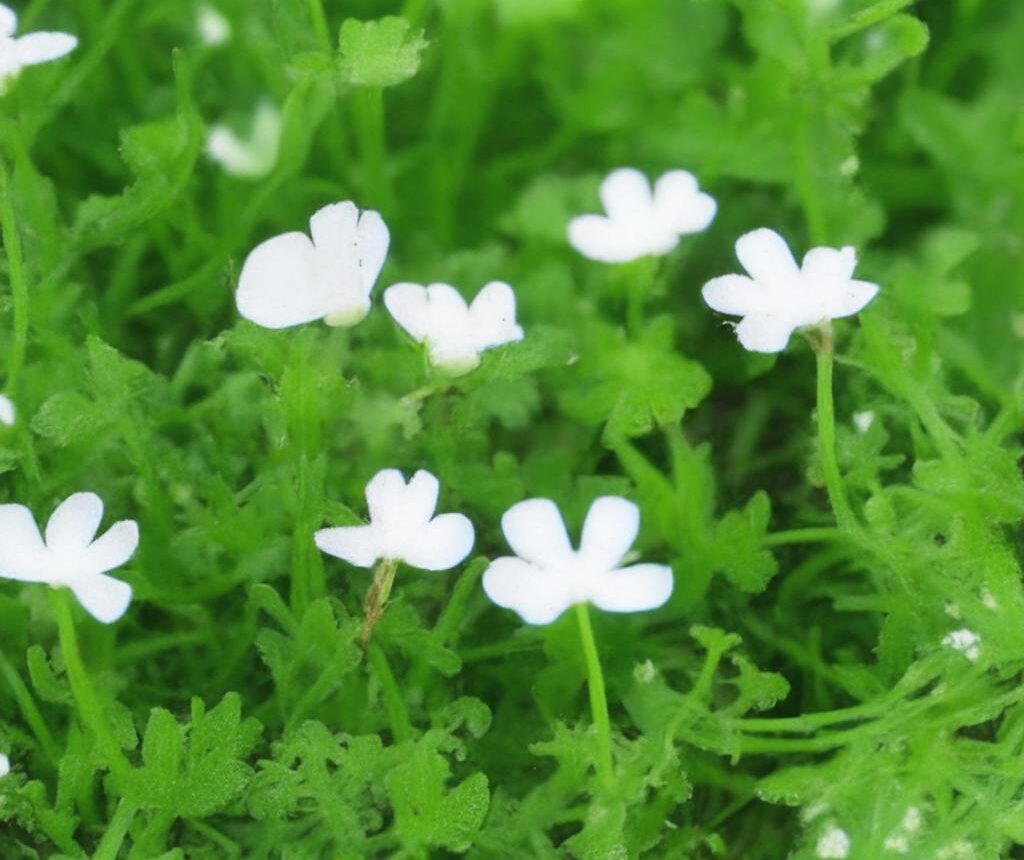
Origin: Native to Europe and Asia, now widespread across temperate regions.
Growth Pattern: Low-growing, mat-forming plant with small, oval leaves and tiny white flowers.
Propagation: By seed and stem fragments.
Adverse Effects: Competes with other plants for light, water, and nutrients.
Control Techniques: Hand pulling, hoeing, and post-emergent herbicides.
6. Dandelion (Taraxacum officinale)

Origin: Native to Europe, now widespread across temperate regions.
Growth Pattern: Tall, tap-rooted plant with deeply-lobed leaves and bright yellow flowers.
Propagation: By seed and stem fragments.
Adverse Effects: Produces many seeds, which can quickly spread in windy conditions.
Control Techniques: Hand pulling, hoeing, and post-emergent herbicides.
7. Shepherd’s Purse (Capsella bursa-pastors)
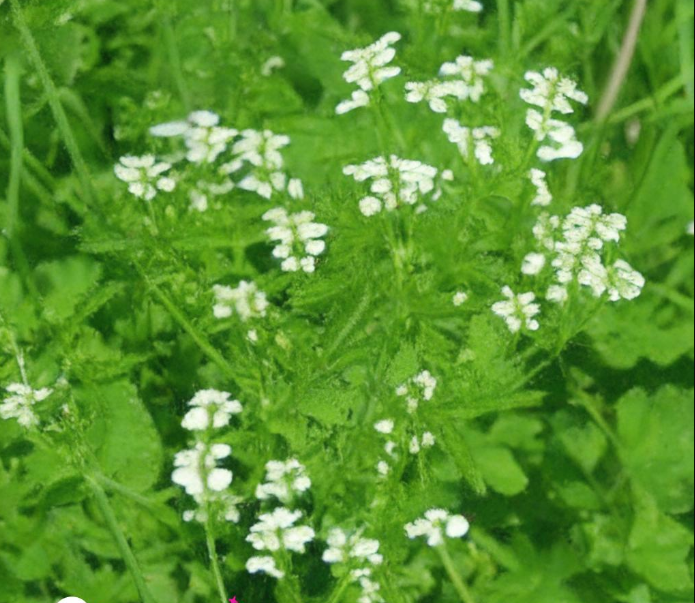
Origin: Native throughout much of Europe and parts of Asia.
Growth Pattern: Low-growing annual with pinnately compound leaves and small, white flowers.
Propagation: By seed, producing a large number of seeds per plant.
Adverse Effects: It can quickly overrun garden beds due to its prolific seeding habits.
Control Techniques: Hand pulling and post-emergent herbicides.
8. Creeping Charlie (Glechoma hederacea)
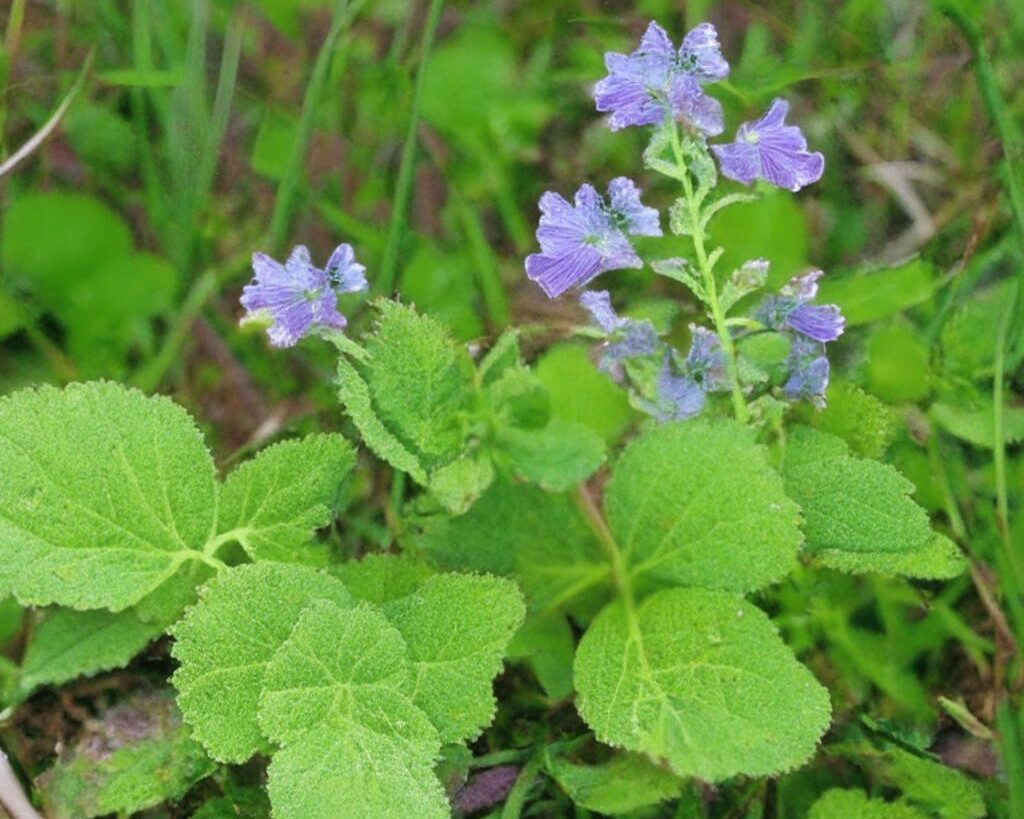
Origin: Native to Europe but now widespread across much of North America.
Growth Pattern: Low-growing perennial with roundish leaves and clusters of tiny, purple flowers in the late summer months.
Propagation: By stem fragments and rhizomes that spread rapidly under lawns or garden beds.
Adverse Effects: Rapidly outcompetes other plants, forming dense mats which crowd out desirable vegetation.
Control Techniques: Hand pulling, hoeing, and post-emergent herbicides.
9. Quackgrass (Elytrigia repens)
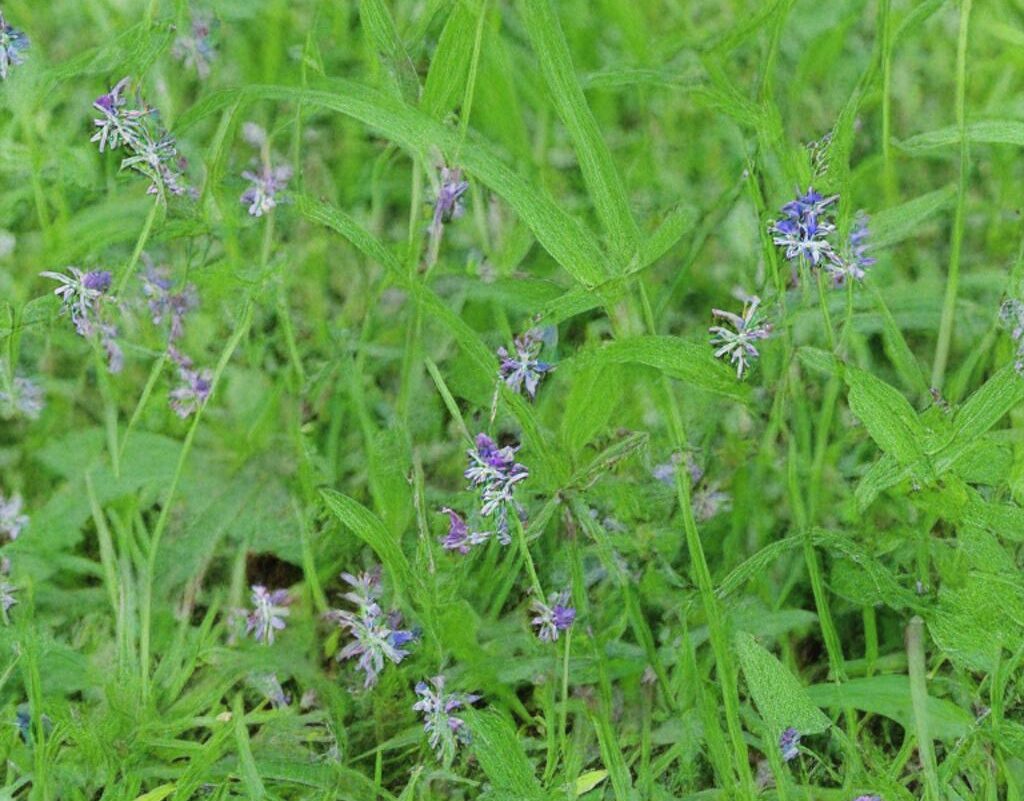
Origin: Native to Europe and Asia but now widespread throughout North America.
Growth Pattern: Tall grass with long leaves and white flower clusters in the late summer months.
Propagation: By seed and rhizomes that spread quickly under lawns or garden beds.
Adverse Effects: Competes with other plants for resources; spreads rapidly by underground runners.
Control Techniques: Hand pulling, hoeing, and post-emergent herbicides.
10. Canada Thistle (Cirsium arvense)
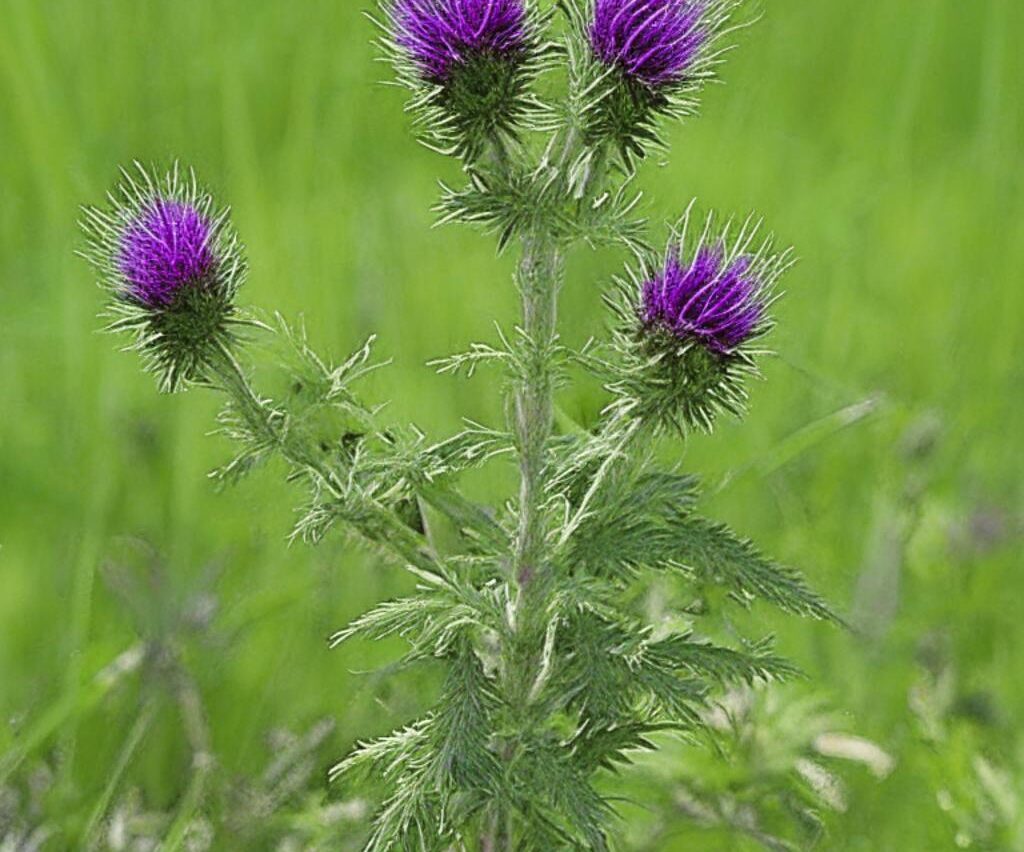
Origin: Native to Europe but now widespread throughout temperate regions of North America.
Growth Pattern: Tall, upright plant with spiny leaves and purple flower heads in the late summer months.
Propagation: Seed and underground stems that spread quickly under lawns or garden beds.
Adverse Effects: Rapidly outcompetes other plants; highly persistent due to its extensive root system.
Control Techniques: Hand pulling, hoeing, burning, and post-emergent herbicides.
11. Bindweed (Convolvulus arvensis)
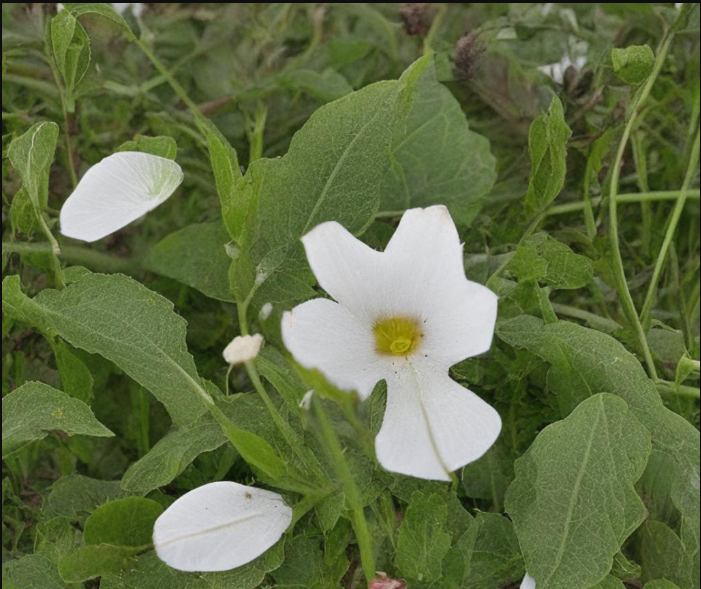
Origin: Native to Europe and Asia but widespread across much of North America.
Growth Pattern: Climbing or creeping perennial with alternate, arrow-shaped leaves and white flowers in summer.
Propagation: By seed and long, branched roots spread quickly under lawns or garden beds.
Adverse Effects: Rapidly outcompetes other plants for resources; forms dense mats which can smother desirable vegetation.
Control Techniques: Hand pulling, hoeing, burning, and post-emergent herbicides.
Final Words
Lawn weed identification and control are essential for maintaining a healthy, attractive lawn or garden. Weeds can quickly overtake an area, outcompeting desirable plants for resources. Their distinctive growth patterns and propagation methods can quickly identify dandelion, chickweed, and bindweed.
By understanding the adverse effects of these weeds, you can effectively control them using techniques such as hand-pulling, hoeing, mulching, burning, and herbicides. You can keep your lawn or garden free of weeds with the proper methods and knowledge.

Douglas Mackalie is a Founder of Mackalies Garden. He is one of the most exciting people you’ll ever meet. He has 25 years of experience in horticulture and gardening, most of which he’s spent outdoors getting his hands dirty.

